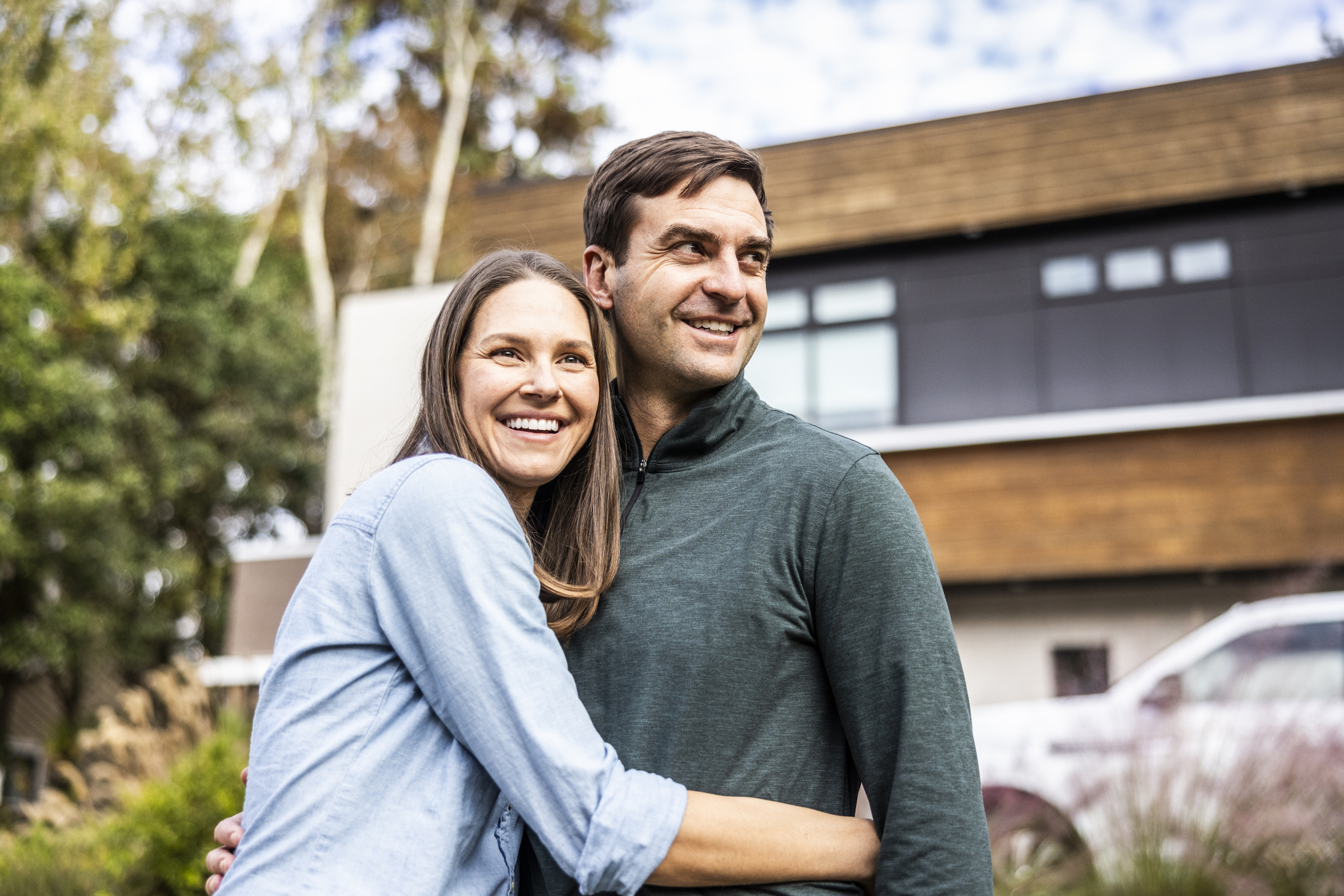Has This Unconventional Growth Fund Lost Its Mojo?
The Primecap Odyssey Growth Fund has lagged the broader S&P 500, but it still boasts a solid return and provides investors with diversification.


In six of the past seven full calendar years, the Primecap Odyssey Growth (POGRX) has lagged its benchmark, the S&P 500. We're growing weary of waiting for a return to the fund's fantastic outperformance of years past, but we're not ditching it from the Kiplinger 25, the list of our favorite no-load mutual funds.
The fund isn't an index-hugger, it's clear, but therein lies its value. Because Odyssey Growth has an "unconventional collection of stocks" that hardly resemble the index, as the managers said in its recent annual report, the fund can help boost the overall diversification of your portfolio.
It has little exposure to the stocks of the huge companies known as the Magnificent Seven, for a start. The fund doesn't hold Apple (AAPL). And the remaining six, including Microsoft (MSFT), Nvidia (NVDA) and Tesla (TSLA), made up just 9% of the fund's assets at last report. For comparison, those six stocks make up a combined 24% share of the S&P 500.
From just $107.88 $24.99 for Kiplinger Personal Finance
Become a smarter, better informed investor. Subscribe from just $107.88 $24.99, plus get up to 4 Special Issues

Sign up for Kiplinger’s Free Newsletters
Profit and prosper with the best of expert advice on investing, taxes, retirement, personal finance and more - straight to your e-mail.
Profit and prosper with the best of expert advice - straight to your e-mail.
Another drag came from Odyssey Growth's longstanding tilt toward healthcare stocks. Nearly 30% of the fund's assets are invested in that sector – almost triple that of the S&P 500. But health stocks have trailed the broad-market index over each of the past six years.
Both factors contributed to the fund's performance over the past 12 months. Odyssey Growth, up 19.9% – a spectacular return on an absolute basis – fell short of the 26.4% return in the S&P 500.
The five Odyssey Growth managers divide the fund's assets and run a portion of the portfolio independently. But they all focus on growing companies priced at a discount that have a catalyst – a new product, say, or a restructuring – to drive prices higher. That process leads to a portfolio that's different from the S&P 500 in other ways, too, such as valuation:
The fund's stocks trade at an average price-to-earnings (P/E) ratio of 19 (based on year-ahead estimates), which is far lower than the S&P 500's P/E of 24. Top holdings include Eli Lilly (LLY), Alphabet (GOOGL) and Raymond James Financial (RJF).
Note: This item first appeared in Kiplinger Personal Finance Magazine, a monthly, trustworthy source of advice and guidance. Subscribe to help you make more money and keep more of the money you make here.
Related content
Profit and prosper with the best of Kiplinger's advice on investing, taxes, retirement, personal finance and much more. Delivered daily. Enter your email in the box and click Sign Me Up.

Nellie joined Kiplinger in August 2011 after a seven-year stint in Hong Kong. There, she worked for the Wall Street Journal Asia, where as lifestyle editor, she launched and edited Scene Asia, an online guide to food, wine, entertainment and the arts in Asia. Prior to that, she was an editor at Weekend Journal, the Friday lifestyle section of the Wall Street Journal Asia. Kiplinger isn't Nellie's first foray into personal finance: She has also worked at SmartMoney (rising from fact-checker to senior writer), and she was a senior editor at Money.
-
 Forget FIRE: Why ‘FILE’ Is the Smarter Move for Child-Free DINKs
Forget FIRE: Why ‘FILE’ Is the Smarter Move for Child-Free DINKsHow shifting from "Retiring Early" to "Living Early" allows child-free adults to enjoy their wealth while they’re still young enough to use it.
-
 7 Tax Blunders to Avoid in Your First Year of Retirement
7 Tax Blunders to Avoid in Your First Year of RetirementA business-as-usual approach to taxes in the first year of retirement can lead to silly trip-ups that erode your nest egg. Here are seven common goofs to avoid.
-
 How to Plan for Social Security in 2026's Changing Landscape
How to Plan for Social Security in 2026's Changing LandscapeNot understanding how the upcoming changes in 2026 might affect you could put your financial security in retirement at risk. This is what you need to know.
-
 7 Tax Blunders to Avoid in Your First Year of Retirement, From a Seasoned Financial Planner
7 Tax Blunders to Avoid in Your First Year of Retirement, From a Seasoned Financial PlannerA business-as-usual approach to taxes in the first year of retirement can lead to silly trip-ups that erode your nest egg. Here are seven common goofs to avoid.
-
 How to Plan for Social Security in 2026's Changing Landscape, From a Financial Professional
How to Plan for Social Security in 2026's Changing Landscape, From a Financial ProfessionalNot understanding how the upcoming changes in 2026 might affect you could put your financial security in retirement at risk. This is what you need to know.
-
 6 Overlooked Areas That Can Make or Break Your Retirement, From a Retirement Adviser
6 Overlooked Areas That Can Make or Break Your Retirement, From a Retirement AdviserIf you're heading into retirement with scattered and uncertain plans, distilling them into these six areas can ensure you thrive in later life.
-
 I'm a Wealth Adviser: These Are the 7 Risks Your Retirement Plan Should Address
I'm a Wealth Adviser: These Are the 7 Risks Your Retirement Plan Should AddressYour retirement needs to be able to withstand several major threats, including inflation, longevity, long-term care costs, market swings and more.
-
 Stocks Struggle for Gains to Start 2026: Stock Market Today
Stocks Struggle for Gains to Start 2026: Stock Market TodayIt's not quite the end of the world as we know it, but Warren Buffett is no longer the CEO of Berkshire Hathaway.
-
 How New Investors Can Pick Their Perfect Portfolio, According to a Pro
How New Investors Can Pick Their Perfect Portfolio, According to a ProSee what Cullen Roche has to say about finding your perfect portfolio as a new investor and his two-word answer on where he thinks the stock market is headed in 2026.
-
 High-Net-Worth Retirees: Don't Overlook These Benefits of Social Security
High-Net-Worth Retirees: Don't Overlook These Benefits of Social SecurityWealthy retirees often overlook Social Security. But timed properly, it can drive tax efficiency, keep Medicare costs in check and strengthen your legacy.
-
 Do You Have an Insurance Coverage Gap for Your Valuables? You May Be Surprised to Learn You Do
Do You Have an Insurance Coverage Gap for Your Valuables? You May Be Surprised to Learn You DoStandard homeowners insurance usually has strict limits on high-value items, so you should formally "schedule" these valuable possessions with your insurer.